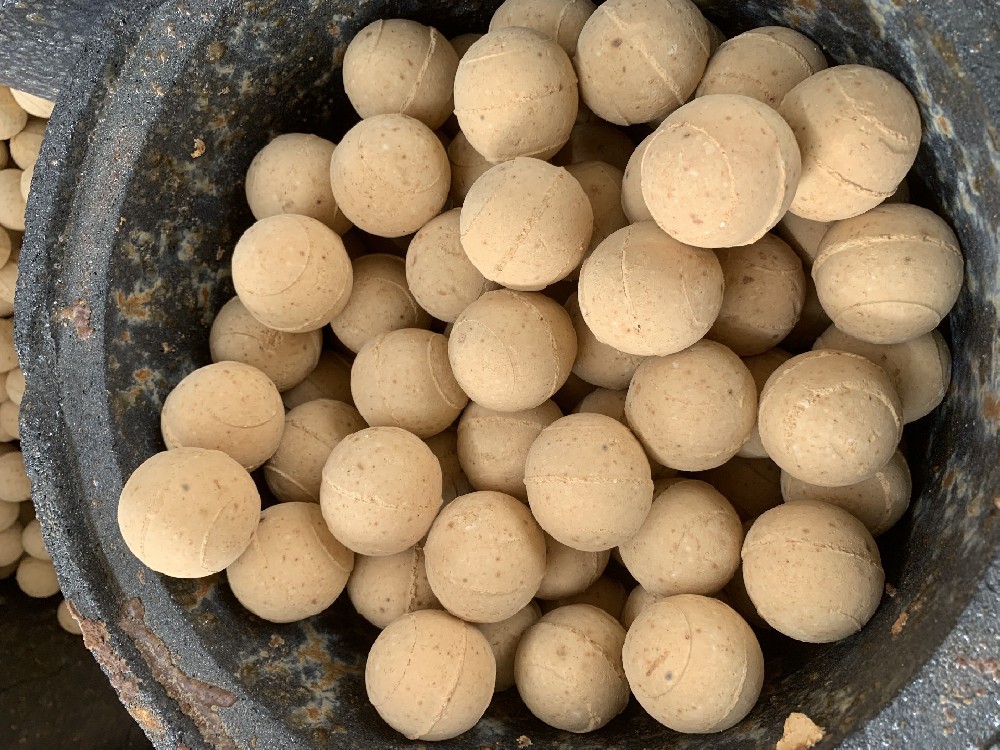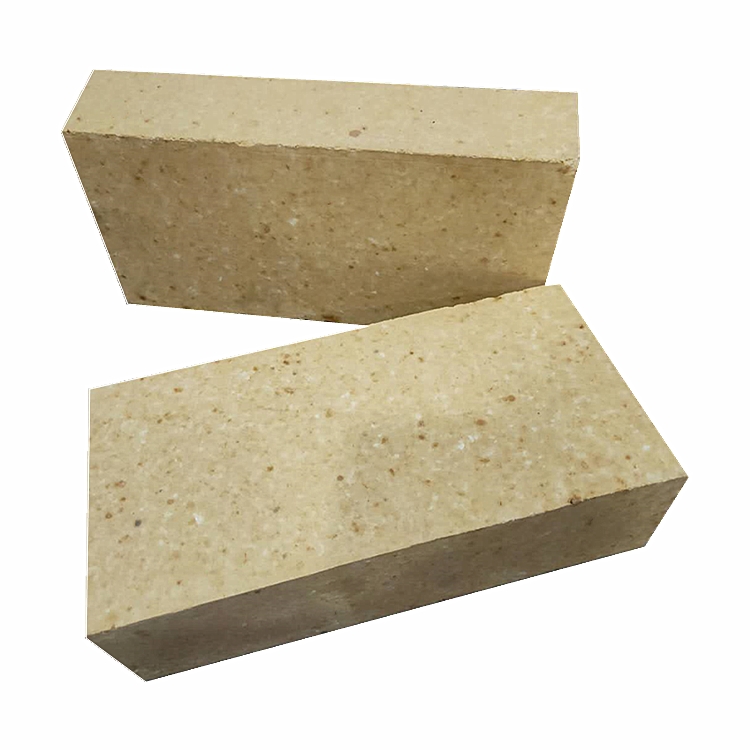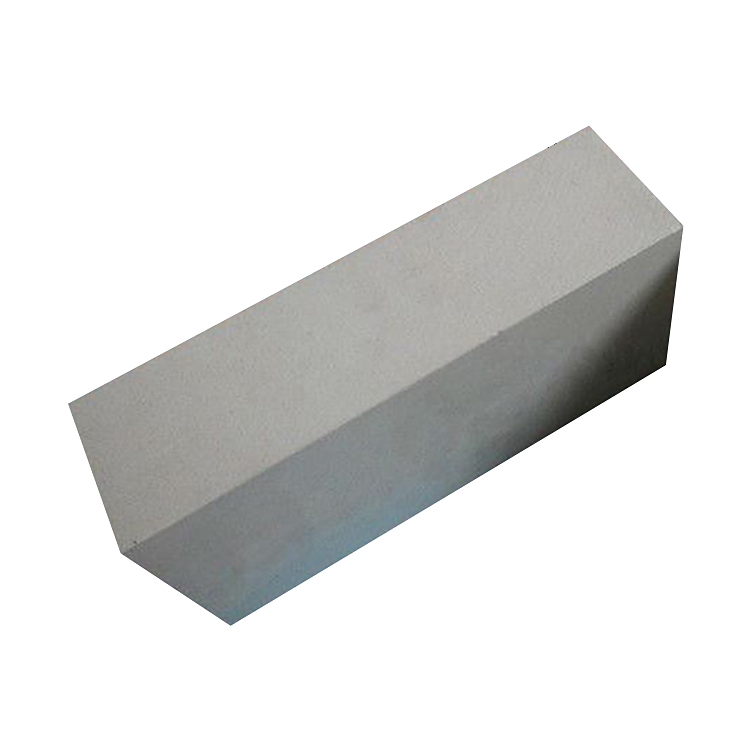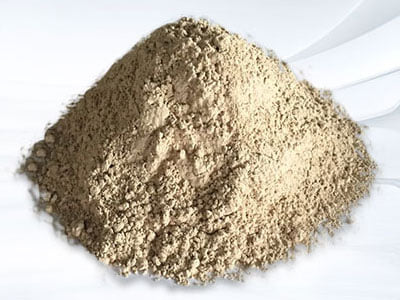Characteristics and physicochemical indexes of silica brick for coke ovens
Characteristics and physicochemical indexes of silica brick for coke ovens
Silica brick is a refractory material with a SiO2 content of more than 93%. It is made of quartzite (silica) as raw material, crushed to a suitable particle size, and then an appropriate amount of binder (such as lime milk) and mineralizer (such as iron powder) are added. Promote the formation of tridymite), which is mixed, shaped, dried and fired at a planned temperature.
(1) Introduction to the characteristics of silica brick
①The chemical composition of silica brick varies with the silica raw materials. Generally, the content of SiO2 is 93%~98%, and other impurities such as SiO2, Fe2O3 and CaO, etc., are 2.0%~7.0%.
②The mineral composition of silica brick, ordinary silica bricks are mainly tridymite, accounting for 30%~70%; high siliceous and high-density silica brick is mainly cristobalite, accounting for 20%~80%; residual quartz and amorphous Quartz glass is a small amount in any silica brick.
③ The refractoriness of silica brick mainly depends on the content of SiO2, the content of impurities and its properties. The higher the content of SiO2, the less impurity content, the closer the refractoriness is to the melting point of SiO2; on the contrary, the lower the refractoriness, the refractoriness of silica brick is generally 1690~1730℃.
④The softening temperature under load of silica brick is relatively high, about 1650℃, because the crystal network structure of tridymite acts as a skeleton in the silica brick. Although some impurities have a low melting point, because the skeleton has a certain bearing capacity, its softening temperature under load is close to its refractoriness, which is a remarkable feature of silica brick.
⑤ The slag resistance of silica brick, the main chemical composition of silica brick is the typical acid oxide SiO2, which determines the strong resistance to acid slag. At the same time, Fe2O3 and CaO can form new compounds with SiO2, so the silica brick still has a certain resistance to the alkaline oxides such as Fe2O3 and CaO in the slag.
⑥ The size of the true density of the silica brick reflects the degree of quartz transformation in the silica brick, so that the mineral composition can be judged. The smaller the true density, the better. The smaller the true density, the complete conversion of quartz, and the smaller the residual expansion during actual use.
⑦The porosity of the silica brick indicates the compactness of the silica brick. The smaller the porosity, the denser the structure. The apparent porosity of silica bricks is generally 21% to 25%. The size of the porosity, in addition to the raw materials, mainly depends on its process conditions.
⑧ Residual expansion of silica brick refers to the irreversible volume expansion of silica brick after re-calcination, which is called residual expansion of silica brick. The reason is that there is still unconverted quartz or residual quartz in the silica brick and continues to transform. The smaller the residual expansion of the silica brick, the better, otherwise, when it is used in the kiln, it will cause damage to the kiln structure due to its excessive expansion, or even cause an accident. Silica bricks with low true density have small residual expansion. The size of the residual expansion of the silica brick mainly depends on the firing conditions. When the silica brick is fired to 1450 ℃ and kept warm, the residual expansion is generally 0.3%~0.8%.
⑨ The room temperature compressive strength of silica bricks is mainly used to determine the pros and cons of the structure of silica bricks. The compressive strength at room temperature is often closely related to porosity and true density. At the same time, it also depends on the properties of raw materials and process conditions. The normal temperature compressive strength of silica brick is generally 19.6~29.4MPa.
-

Thermal storage alumina balls
The Thermal storage alumina ballsis made of industrial alumina and refractory kaolin as the main raw materials through scientific formula, forming and high-temperature calcination.Thermal storage alumina ballss are divid··· -

Anti-stripping high alumina brick
Use description of Anti-stripping high alumina brick1. Anti-stripping high alumina brick has a good application in low temperature parts such as large and medium-sized cement precalciner, kiln smoke chamber, indoor decom··· -

Anti-stripping high alumina bricks
Anti-stripping high alumina bricks are made of high alumina bauxite clinker, mullite, kyanite, zircon sand, and binder after granulating and powdering processes, mixed in a certain proportion, pressed into shape, and fir··· -

silica hot repair refractory
Performance index of silica hot repair refractoryThe material is a kind of plastic unshaped refractory material, its main component is SiO2, it is made of special clinker and various binders and additives, and it is proc···

